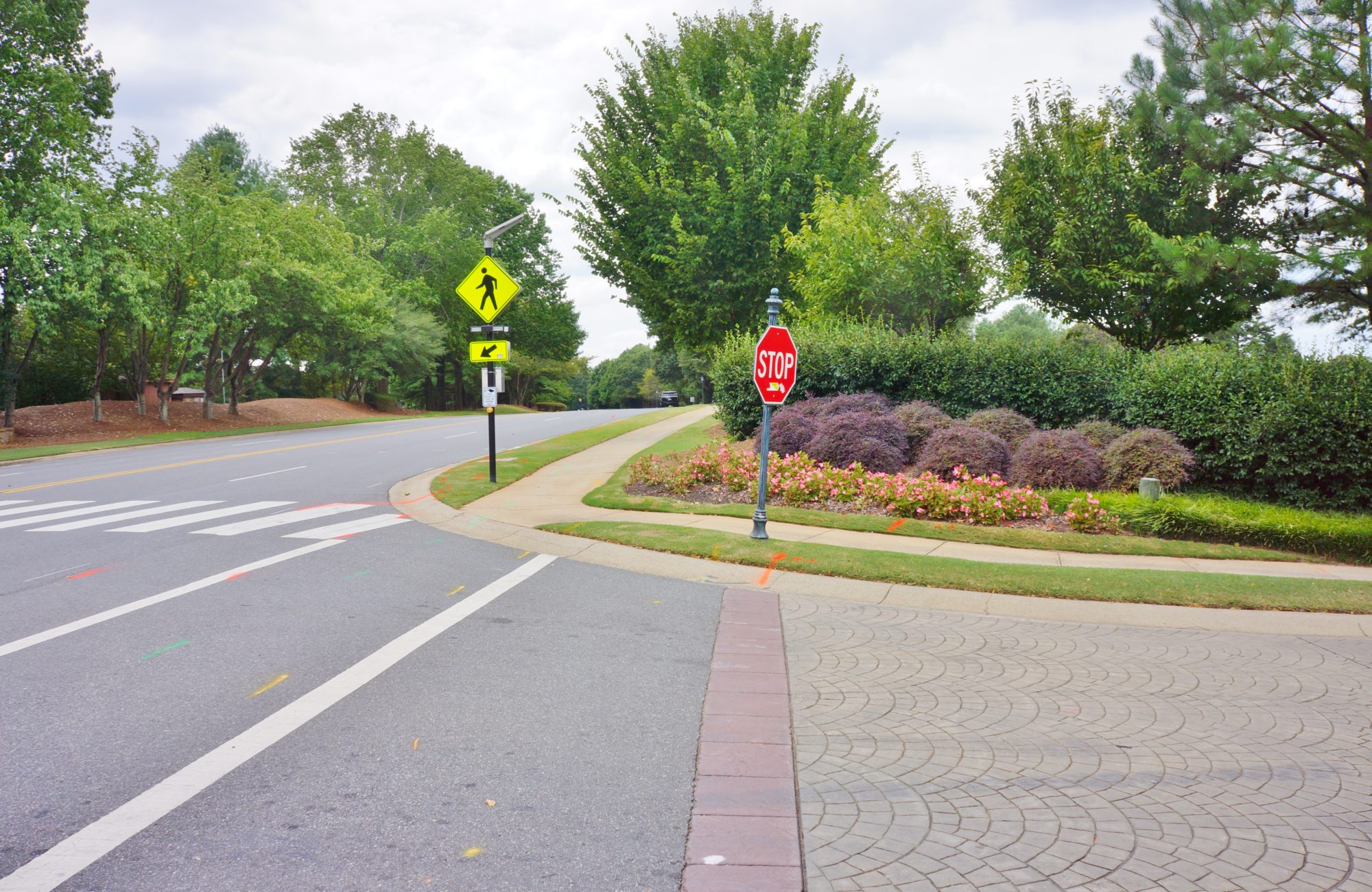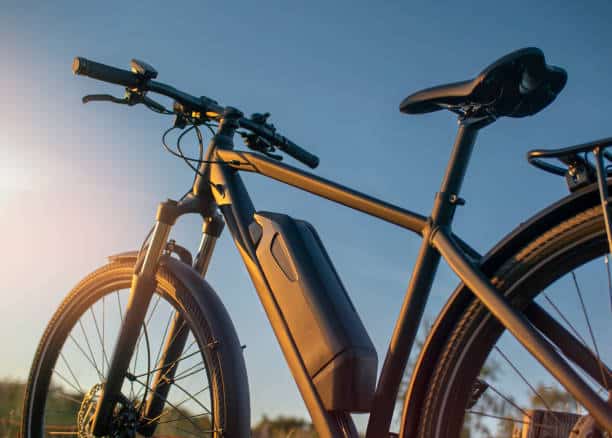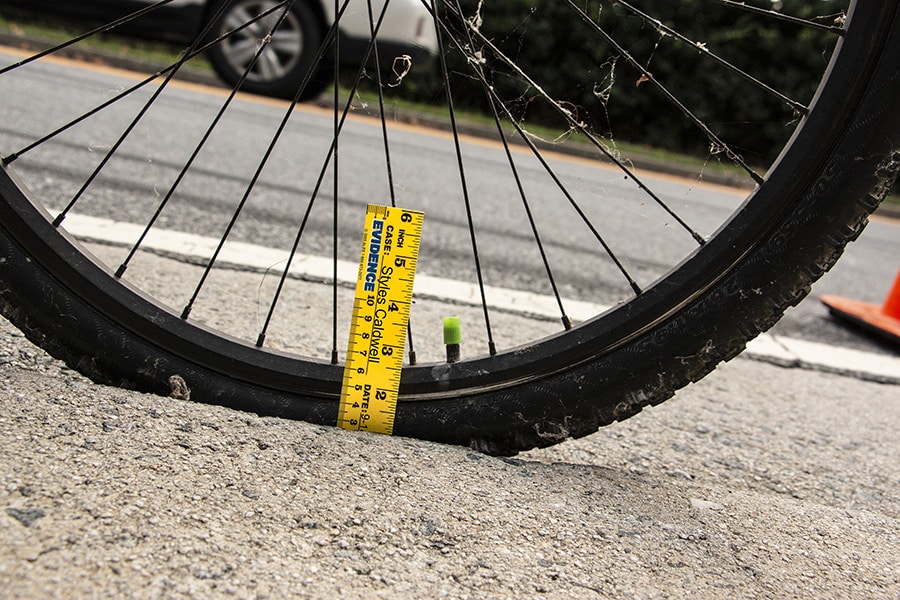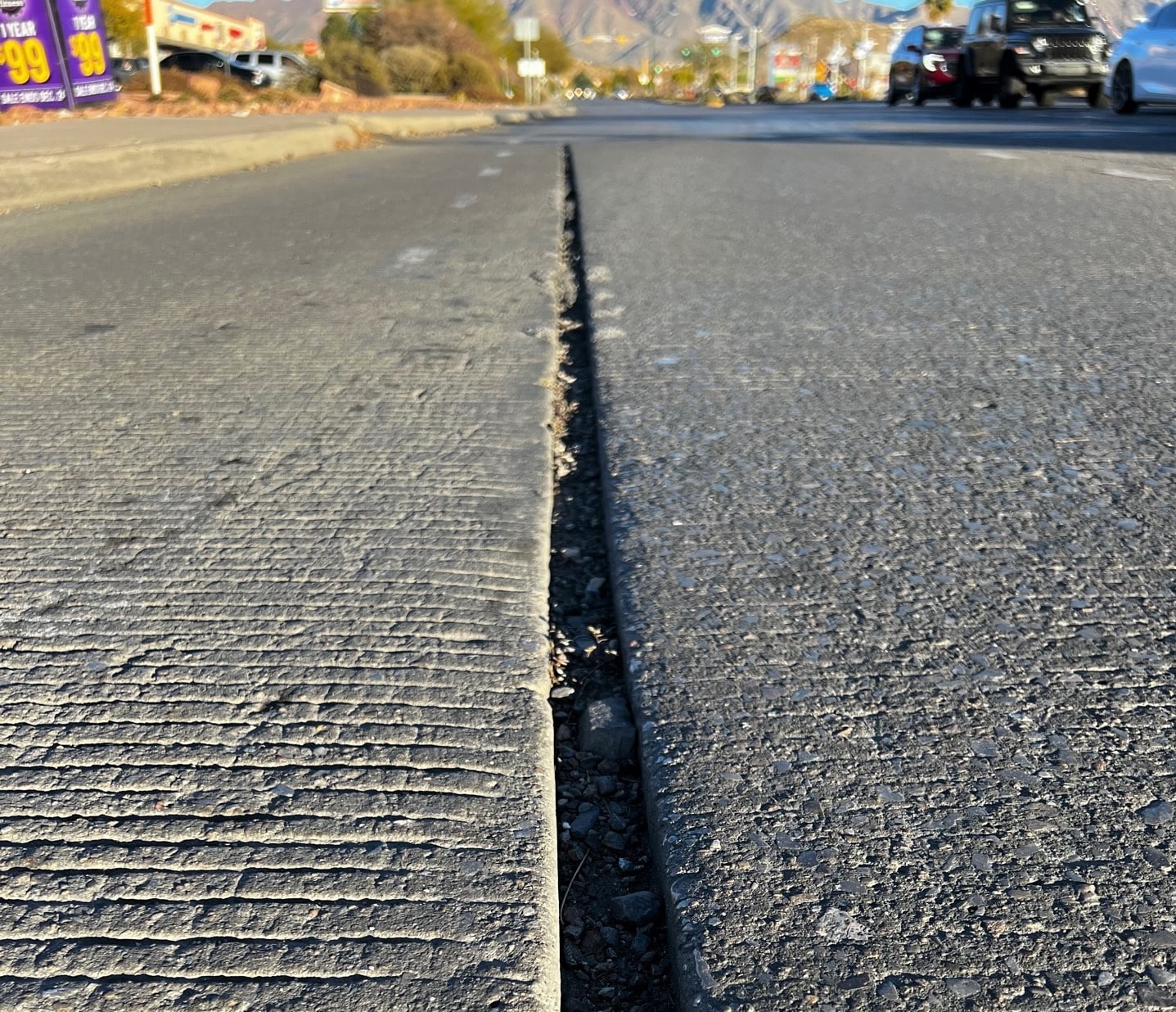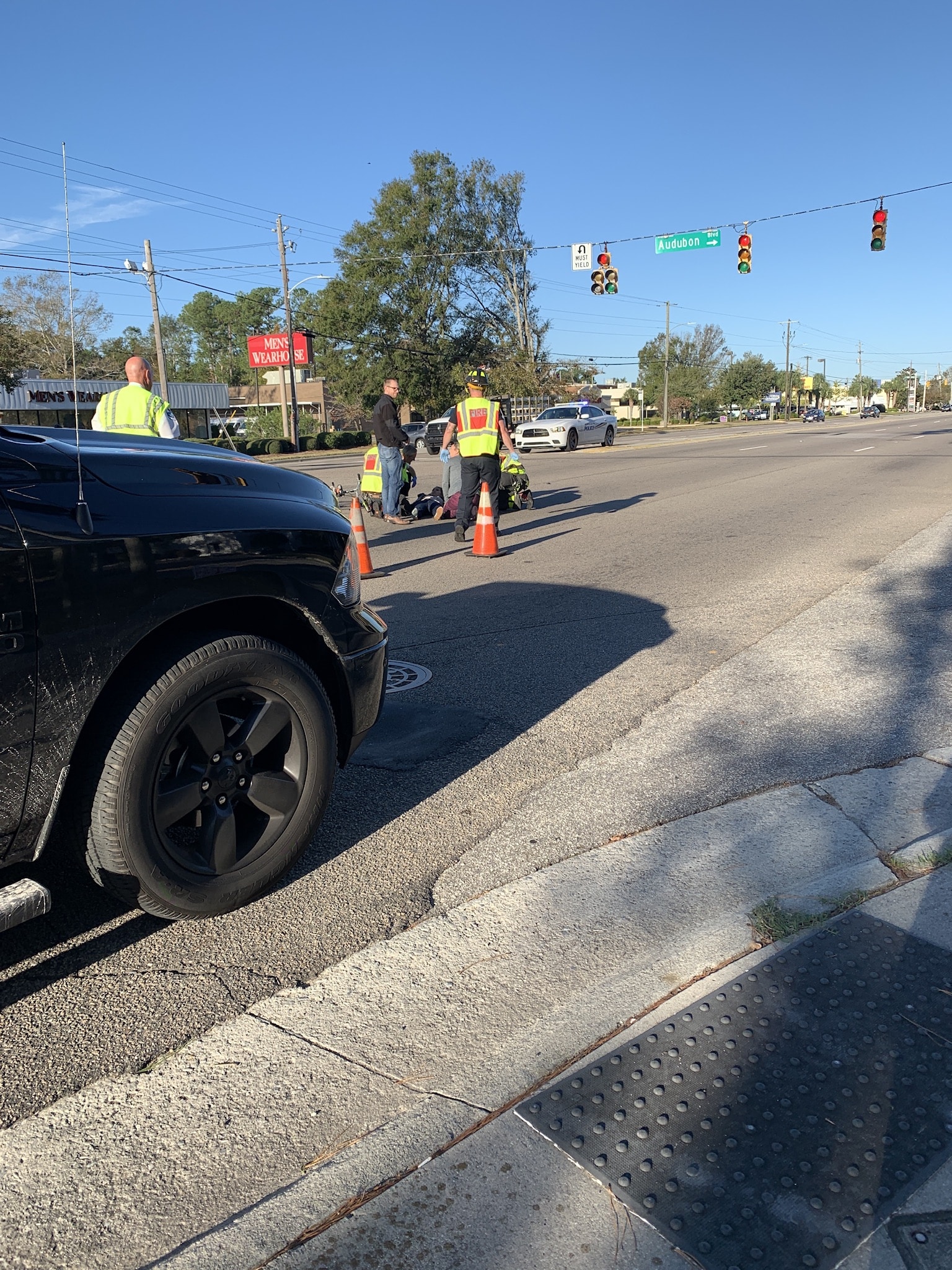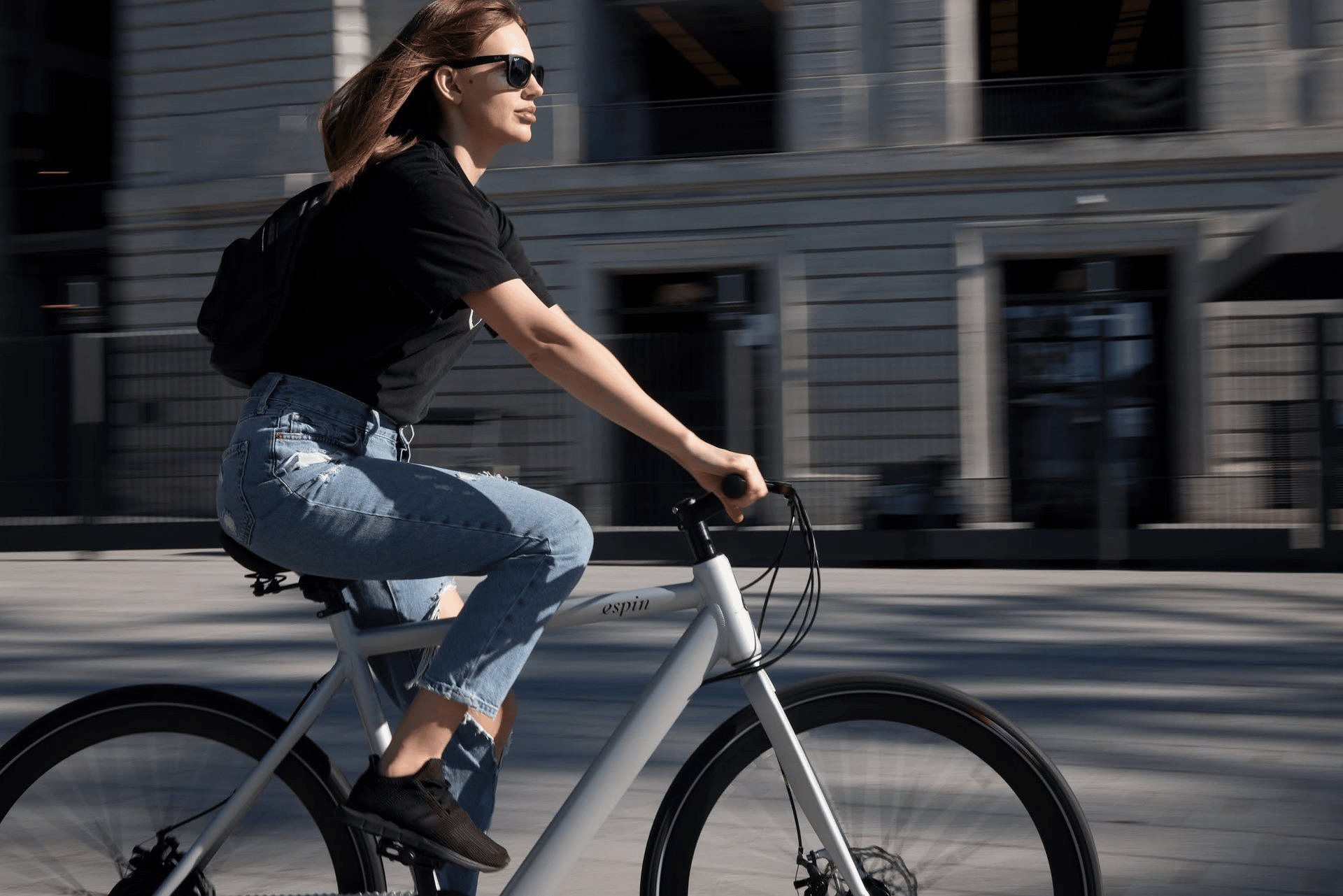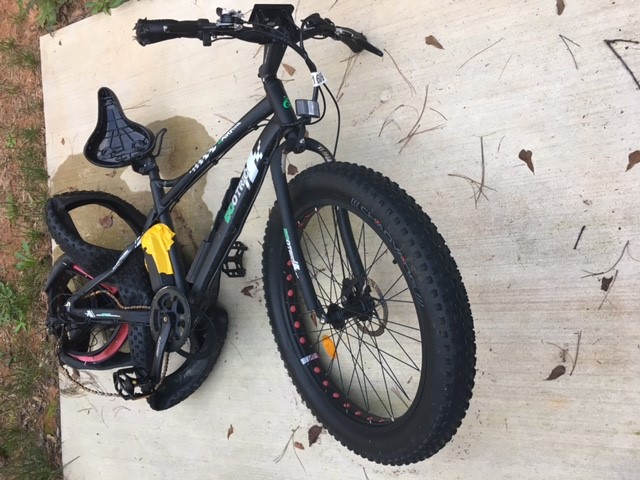One Lost, One Won. Lessons?
At Bike Law North Carolina, we’ve seen our share of collisions between bicyclists and motorists at sidewalk intersections. Two recent cases, one which we tried and lost and the other, which settled favorably to our client, highlight the challenges, especially in North Carolina and other pure contributory negligence states (Alabama, Virginia and Maryland).
The Loss
In the first case, the bicyclist and a friend were riding on the sidewalk along a busy road. They were riding in the opposite direction of traffic. The sidewalk seemed an obvious choice, however, because they were riding much slower (about “the speed of a jogger”) than traffic on the busy road and there was no sidewalk on the other side of the road.
As the bicyclists neared the intersection with a neighborhood road, the first bicyclist slowed and looked left to see if any cars were coming toward them. The bicyclist saw a car approaching from the left. The driver was slowing and had come to almost a complete stop at the stop sign, so the bicyclist went forward into the crosswalk. The bicyclist was fully in the crosswalk when the driver suddenly drove forward, hitting the bicyclist and pushing him out into the road.
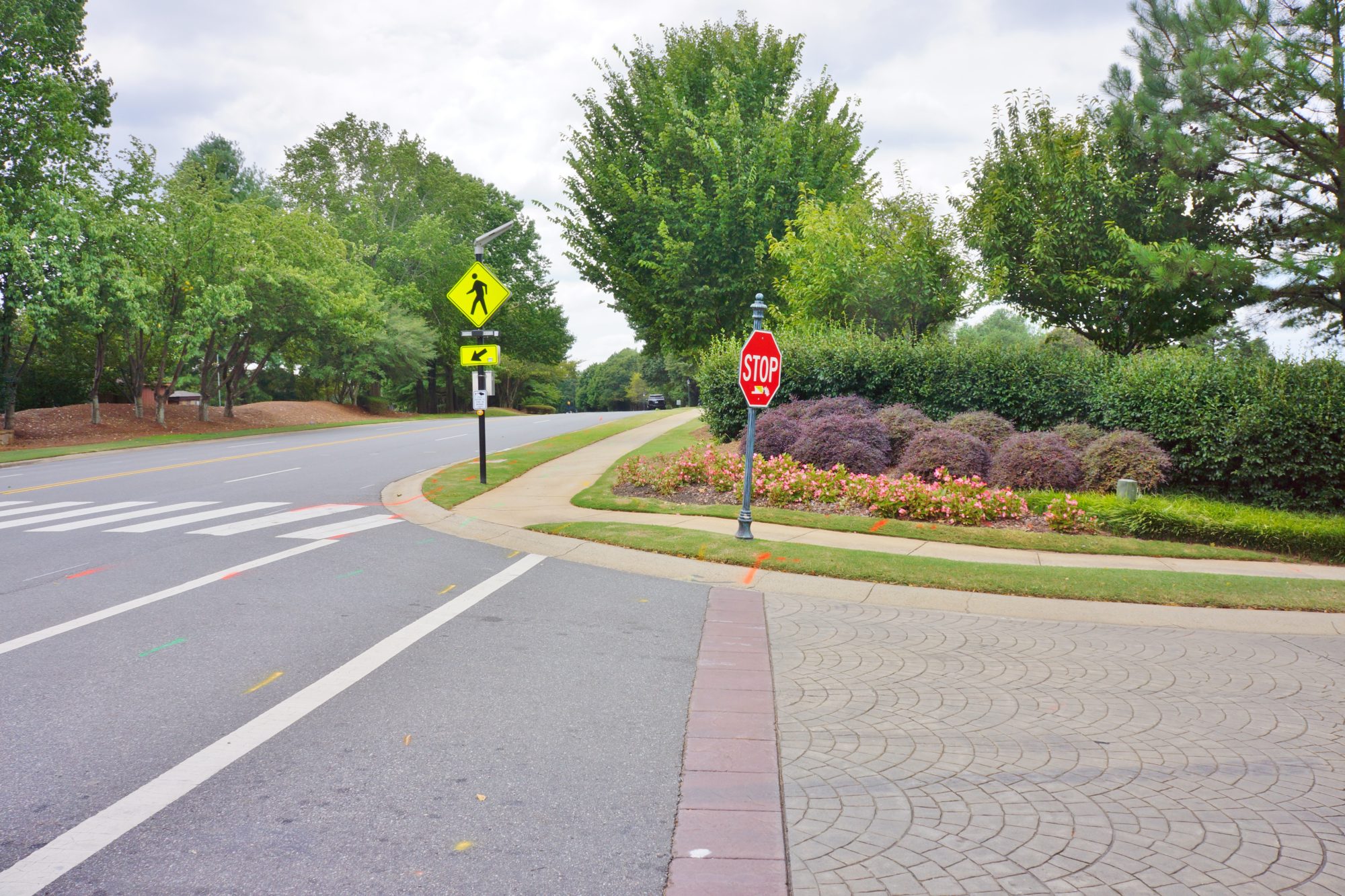
At the end of the trial of this case, the jury found that the driver was not at fault. We appealed the decision. A note about appeals: an appellate court generally can’t overturn a jury decision just because they think it’s wrong. There must be a legal error at trial. In this case, we argued that the trial judge was wrong in the way he instructed the jury.
There is a jury instruction that tells jurors that drivers must yield to pedestrians in crosswalks before driving over a crosswalk. We argued that the instruction should be read and the word “pedestrians” replaced with “people.” We never claimed that bicyclists are pedestrians but argued that any person, already in a crosswalk, whether on foot or on a bicycle, deserved the protection of the crosswalk. The trial judge refused to give the instruction and we appealed on that basis. I’ll avoid getting into the legal weeds and just tell you that the Court of Appeals disagreed with us.
The Win
In the other case, the bicyclist again was riding on the sidewalk in the opposite direction of traffic, which made sense for reasons like the first case. He also was riding very slowly and was approaching an intersection with a side street, which also had a crosswalk, but this time the side street had a traffic light instead of a stop sign.
When the bicyclist neared the intersection, he had to navigate around a pole, so had slowed down even more. The countdown on the crosswalk had more than 10 seconds left on it. Traffic to the bicyclist’s left was stopped for the red light. He proceeded forward. Once the bicyclist was already in the crosswalk, the first driver in line at the light decided to turn right on red and drove right into him.
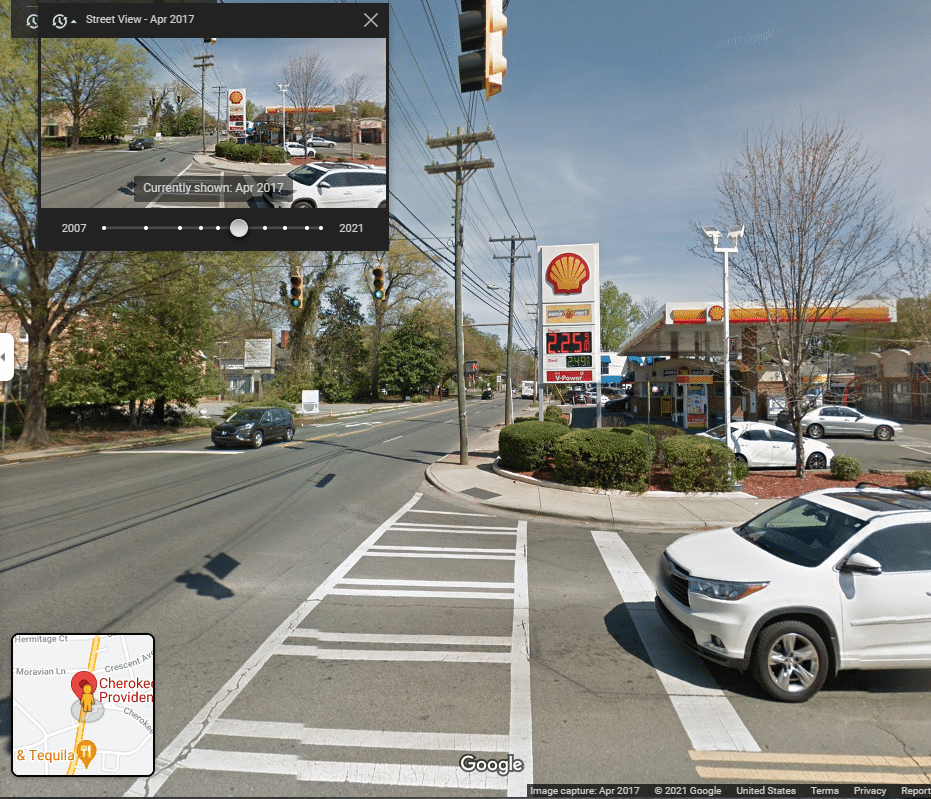
The case was heavily litigated and settled about a month before trial, with a favorable settlement to our client.
Why the different results? What would have happened had we had to try the second case? We think we would have won, for several reasons. But there is no question that sidewalk intersection cases have their challenges. Hopefully understanding them will help you stay safe, should you choose, or need to, use the sidewalk for bike travel.
Are bicyclists allowed to use the sidewalk?
Most states leave sidewalk riding prohibitions up to local entities. Charlotte, North Carolina, like many places, bans sidewalk riding in a few select areas, most of which are congested urban sidewalks. In both of our cases, sidewalk riding was legal.
Many people, including police, are often confused about whether bicycling is allowed on sidewalks. The confusion usually stems from the fact that most states include bicycles in their definitions of “vehicle.” A bicyclist, in North Carolina and most other states, has all the rights and duties of a motor vehicle driver, “except those which by their nature can have no application.” (N.C. Gen. Stat. §20-4.01(49)) But, here, at least, there is a separate definition for “motor vehicle.” Motor vehicles may not be driven on a sidewalk. (N.C. Gen. Stat. §20-160(b): “No person shall drive any motor vehicle upon a sidewalk or sidewalk area except upon a permanent or temporary driveway.”) There is no similar prohibition for bicycles. [1]
If you wonder whether sidewalk riding is allowed where you live, the best place to start is www.municode.com.
Should bicyclists use the sidewalk?
It depends. In many cases, bicyclists are better off on the roadway. But there are some good reasons for choosing the sidewalk, especially for slower riders. The other day I used the sidewalk to avoid crossing a busy four-lane road and crossing it again two blocks later. Bicyclists should educate themselves on the pros and cons of sidewalk riding and make an informed decision.
You can find some of that information here in our North Carolina Ride Guide.
Are bicyclists protected in crosswalks?
Bicyclists do have some protection in a crosswalk. First of all, there is the general rule that drivers must keep a proper lookout. A driver must also act as a reasonable person. A reasonable person would anticipate that there might be a person in a crosswalk and at least take in their surroundings before going forward. However, there is no additional protection requiring drivers specifically to look for bicyclists.
This is a bit mind boggling, since drivers are required to specifically look for pedestrians and, when a bicyclist is traveling at the speed of a pedestrian, a driver who looks for pedestrians will also see that bicyclist. Therefore, a driver who hasn’t looked up to look for pedestrians has already broken the law by not looking for pedestrians; it’s just that they have impacted a person who decided to ride a bicycle that day, instead of walking or jogging.
In any case, the protection is there; it is just harder to explain. Most states have statutes requiring drivers to make sure the way is clear before moving forward from a stop sign or red light. Drivers are also required to keep a proper lookout and to see what ought to be seen. The lack of explicit protection for bicyclists, however, make these concepts harder for a jury to grasp. Even worse, the fact that there is explicit protection for pedestrians and not for bicyclists might lead some to believe that drivers can just run over bicyclists with impunity. Unfortunately, that is what happened in our first case; the driver admitted that he only looked left before going forward. He did not see the bicyclist right in front of his car. The jury just got it wrong.
There is no question that we need a better law.
How to ride on a sidewalk and not lose your damages claim if someone hits you
This seems an appropriate time to remind everyone that North Carolina is one of the four pure contributory negligence states. What this means is that it is easier for insurance companies to win cases in these states than it is in non-contributory negligence states. The defense only has to convince the jury that the injured person was 1% at fault in order to get a $0 verdict.
The result of that 1% rule is that they make every ridiculous argument they can think of, knowing that jurors will sit in deliberation saying that, even if the driver did everything wrong, surely the bicyclist could have done something to prevent the crash. When they find that thing, they think it’s the 1% that the defense was talking about. This is not how the law is supposed to work. Unfortunately, it is often the practical result of it.
In these sidewalk crossing cases, the defense always asks: did you make eye contact with the driver? Did you stop and put your foot down? Did you have lights on your bike in the middle of the day?
LET ME BE CLEAR: NOT MAKING EYE CONTACT, NOT PUTTING A FOOT DOWN AND NOT HAVING A LIGHT IN THE MIDDLE OF THE DAY IS NOT, IN AND OF ITSELF, NEGLIGENCE. It is possible to make a very reasonable judgment that a driver is going to yield, without making eye contact. The law does not require people to anticipate that another person might break the law, so we don’t have to go about our everyday lives assuming everyone around us is a law breaker and acting accordingly. If that were the case, the world would come to a screeching halt. And perhaps one day as you’re riding around, see how many people you’re able to make eye contact with at stop signs or lights. Tinted windows, the angle of the sun, often make that impossible. All that said, making eye contact, putting a foot down and having a light will at least defeat these ridiculous arguments.
You and the driver both have a duty to follow the law and to take reasonable care. Reasonable care, if you’re riding on a sidewalk, is keeping a lookout, traveling at a speed that is appropriate for where you are traveling, and making reasonable judgments. For those of you who also drive, if there is a sidewalk or bike path crossing the road, be sure to look left and ride before turning right.
And for my vehicular cycling friends, this is not a plug for sidewalk riding (nor is it the opposite). It is a recognition that many people, especially children, use sidewalks for bicycling. Sidewalks and bike paths intersect with roads. Knowing where the pitfalls lie will help keep more people safe. That we can’t explicitly require motor vehicle drivers to look up to see if maybe a child is riding her bike home from school and about to enter a crosswalk, demonstrates a warped sense of priority and absurd adherence to the car culture.
We don’t need to tell kids and casual cyclists to get out on the road and into traffic. We need to underscore the message that driving is a privilege and that the burden is on drivers to make sure their behavior doesn’t endanger others.
[1] I have come across a judge who was very resistant to finding sidewalk bicycling to be legal because it was not explicitly permitted. This isn’t how the law works. Something that isn’t prohibited is permitted. North Carolina has a statute requiring motorists, when leaving a driveway or parking lot, to look for pedestrians and bicyclists before driving over a sidewalk, so clearly the law anticipates the possibility of bicyclists on sidewalks. Unfortunately, that law applies only to driveways and parking lots, and not intersections.

North Carolina lawyer and Bike Law founder, Ann Groninger, has advocated at the state level on behalf of bicyclists in North Carolina for over 15 years. Ann has offices in Charlotte and Durham and has helped bike accident clients in Asheville, Raleigh, Durham, Greenville, Wilmington, Fayetteville, and throughout the state. Read more about Ann on her bio page.



